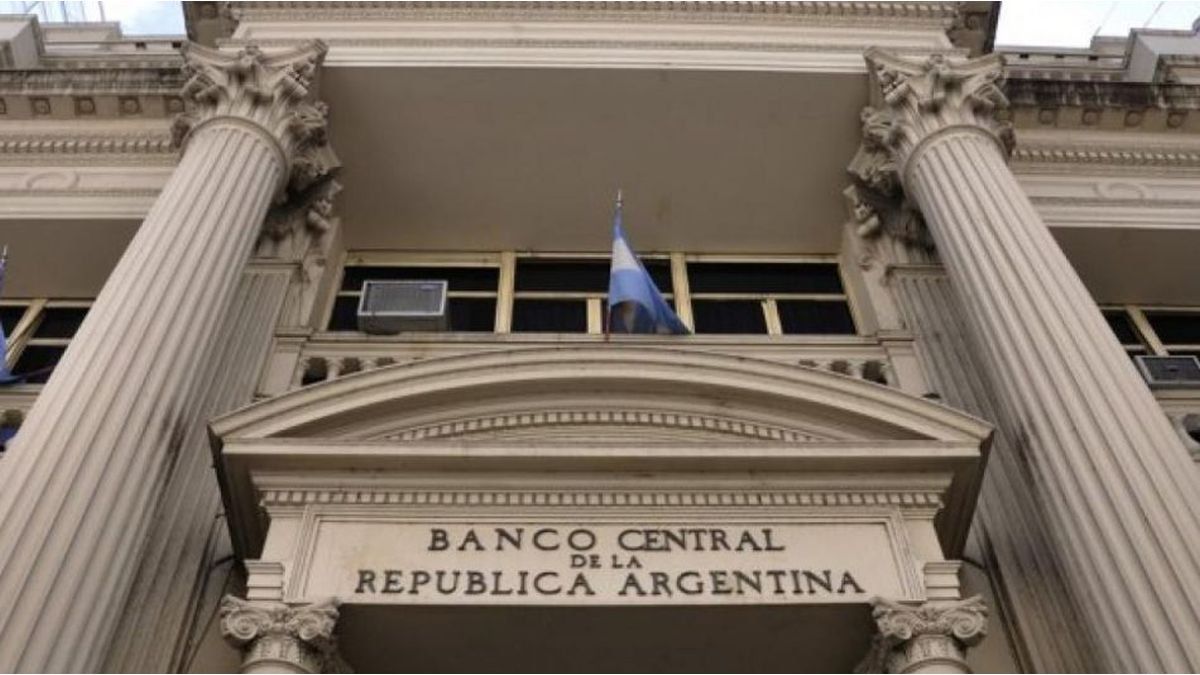The implementation of the soybean dollar 3 and the agricultural dollar will not generate changes for the foreign currency settlement of the companies, if compared with previous versions of the so-called Export Increase Program. Sources from the Central Bank told Ámbito that “they will be the same conditions as programs 1 and 2.”
During the first hours in which the conditions of the new incentive began to be known, after the publication of decree 194 in the Official Gazette, some noise was generated in the market in relation to possible modifications.
Among the financial advisors mostly linked to agricultural activity, the telephones of clients concerned about certain transcendences rang incessantly. Some of the doubts that appeared were whether the producers were going to be limited in their operating capacity with the special account where the funds would have to be deposited. For example, to access the MEP dollar or if it was going to be necessary to leave the money deposited for some time.
“Nothing changes,” explained officials from the organization on Reconquista Street, who confirmed that, as in the two previous cases, the companies will not be able to buy financial dollars, while the agricultural producer will be free to do what he wants with his money.
According to the decree published in the Official Gazette, exporters will have to enter the proceeds of sales abroad to special accounts that adjust their balances for the A3500 dollar., known as “official dollar”. Perhaps what caused the confusion is that the rule states that the operation will work “within the terms and conditions established by the complementary regulations” of the BCRA. Something that is not known yet.
As grain exports are generally channeled through a dozen companies, the restrictive conditions for financial dollars are maintained, as a way of avoiding a jump that widens the gap. In exchange, the decree gives them an improvement in the parameters of the Comprehensive Risk Profile System (SIPER) as a benefit. of the Federal Administration of Public Revenues (AFIP). The companies will have a low risk rating for 9 months.
Salvador Vitelli, from Romano Group He commented that one of the biggest concerns in the market is that it affects the availability of funds for producers. “If there was a parking lot, no one would sell it,” Vitelli explained.
For his part, the analyst and consultant Salvador Di Stefano, expressed that the decision of the sale or not of the grains by the producers will be linked to the price that could be obtained per ton. In his latest report, Di Stéfano suggested that it might be convenient for a producer to borrow now while waiting for a “soybean dollar 4”.
The linked dollar accounts in which the pesos of the Export Increase Program are deposited have existed since the first version in 2022. In December of last year, the BCRA ratified its validity for the second edition.
In the economic team they expect to increase reserves by US$5,000 million. Although companies will not be able to enter the MEP for 90 days, producers will be empowered to do so from the outset and, therefore, it is said that there will be an eye on that flank to prevent prices from escaping.
Source: Ambito




